Posts: 601
Sun 01 Apr, 2007 3:25 am
Dear friends,
Some terminology from the 16 century arms and armor.
Kind regards
Manouchehr
 Attachment: 88.66 KB
Attachment: 88.66 KB
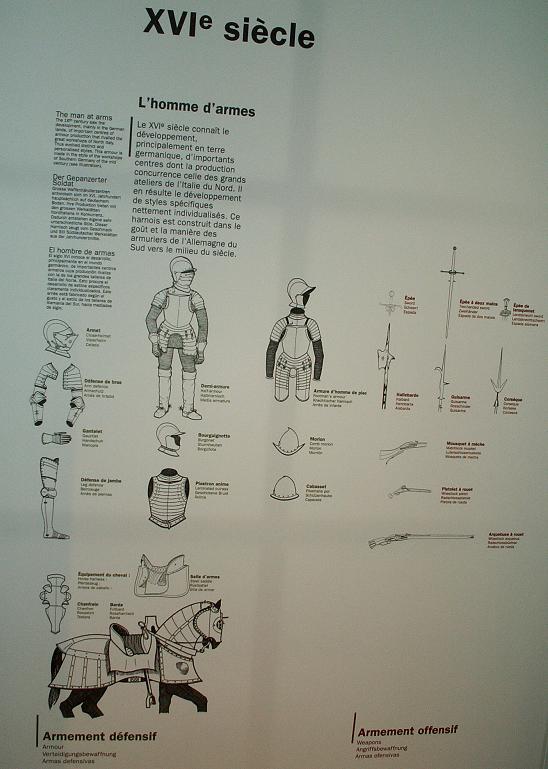
 Attachment: 76.89 KB
Attachment: 76.89 KB
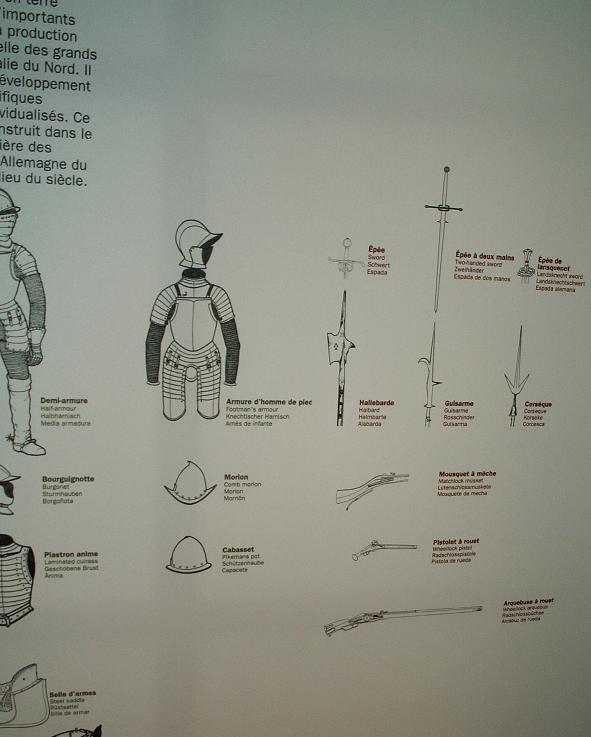
 Attachment: 96.66 KB
Attachment: 96.66 KB
[ Download ]
Posts: 601
Sun 01 Apr, 2007 8:56 am
Dear friends,
The next half-armor is really strange it has a hat.
French work 1630
Have you seen such an armoured hat before?
Kind regards
Manouchehr
 Attachment: 95.07 KB
Attachment: 95.07 KB
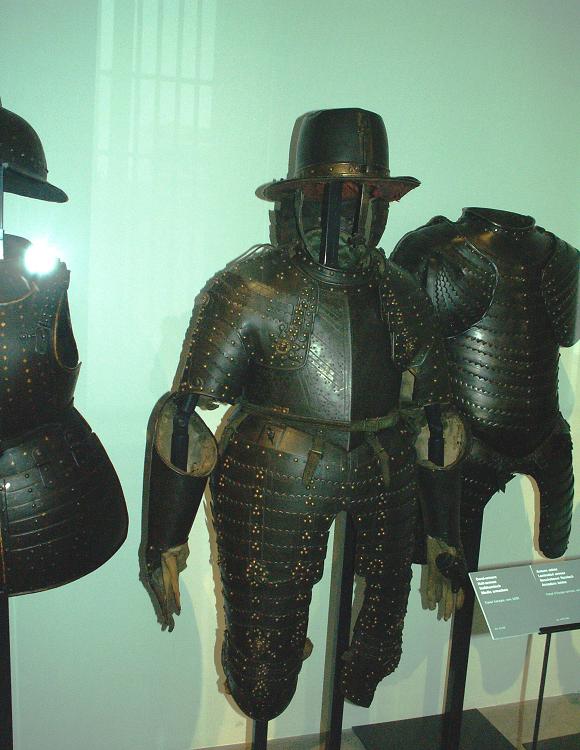
Posts: 336
Sun 01 Apr, 2007 10:52 am
Seems like someone took the appellation "chapel de fer" literally. Very dandy, I must say. :)
Manouchehr, I must admit that for some obscure reason, I'm quite taken by this particular armor :
[ Linked Image ]
Do you know if it belonged to Galiot de Genouillac also ?
Posts: 601
Sun 01 Apr, 2007 10:59 am
| Hugo Voisine wrote: |
Seems like someone took the appellation "chapel de fer" literally. Very dandy, I must say. :)
Manouchehr, I must admit that for some obscure reason, I'm quite taken by this particular armor :
[ Linked Image ]
Do you know if it belonged to Galiot de Genouillac also ? |
Hugo,
Thank you very much for your input.
This armor is really marvellous. THis is armor related to Bayard
French or Milanese work around 1520. For further details please see the attached picture.
Kind regards
Manouchehr
 Attachment: 57.15 KB
Attachment: 57.15 KB
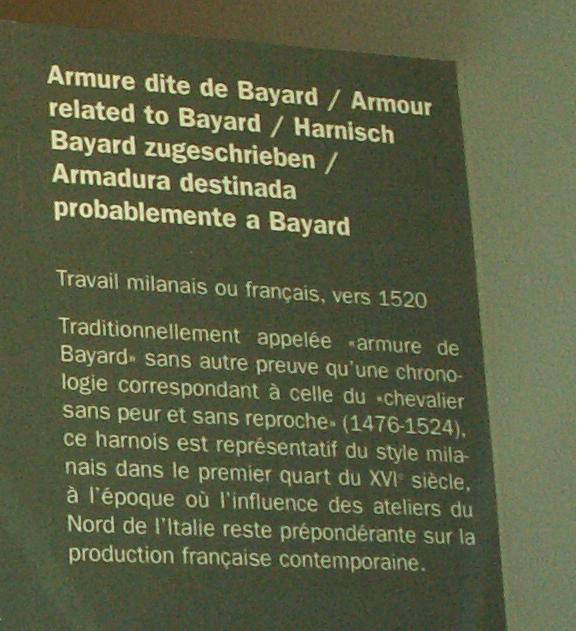
Posts: 601
Sun 01 Apr, 2007 11:07 am
Armour
French work around 1600-1610
Kind regards
Manouchehr Moshtagh Khorasani
 Attachment: 50.03 KB
Attachment: 50.03 KB
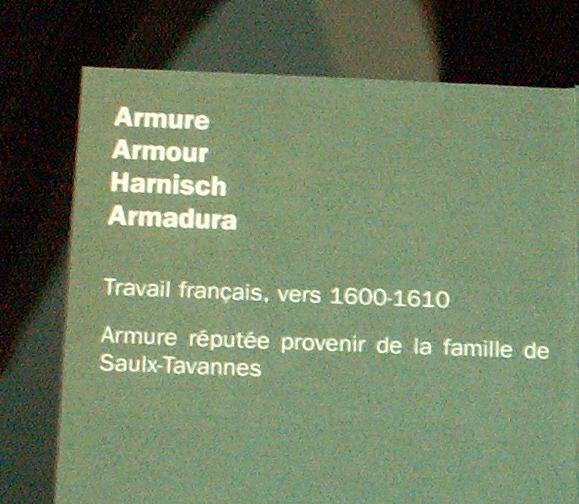
 Attachment: 83.21 KB
Attachment: 83.21 KB
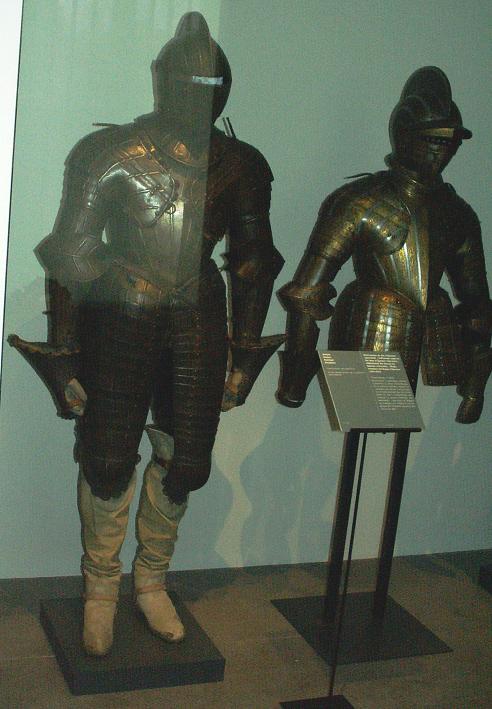
Posts: 601
Sun 01 Apr, 2007 11:09 am
Half armour made for the Duke of Epemon (1554-1642)
French work 1606
Who was this Duke?
Kind regards
Manouchehr
 Attachment: 102.76 KB
Attachment: 102.76 KB
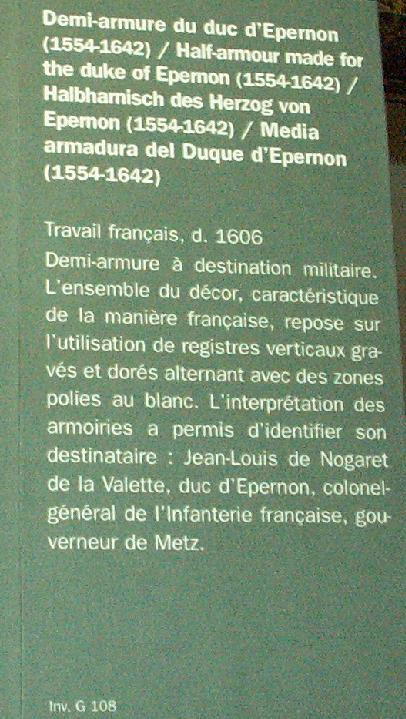
 Attachment: 85.29 KB
Attachment: 85.29 KB
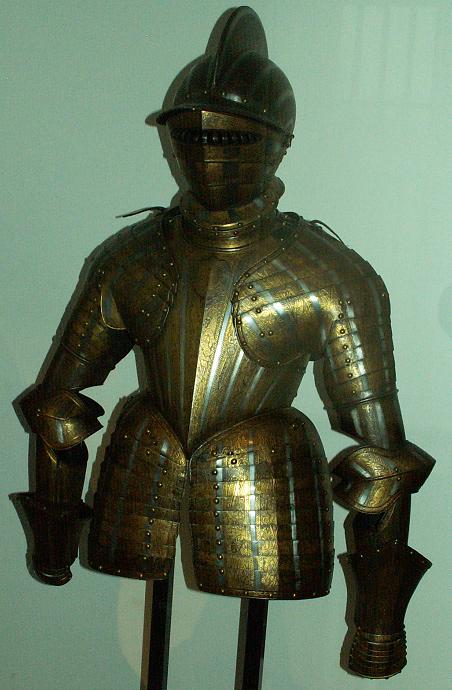
Posts: 601
Sun 01 Apr, 2007 10:08 pm
Armour
French work 1600-1625
Kind regards
Manouchehr
 Attachment: 30.09 KB
Attachment: 30.09 KB
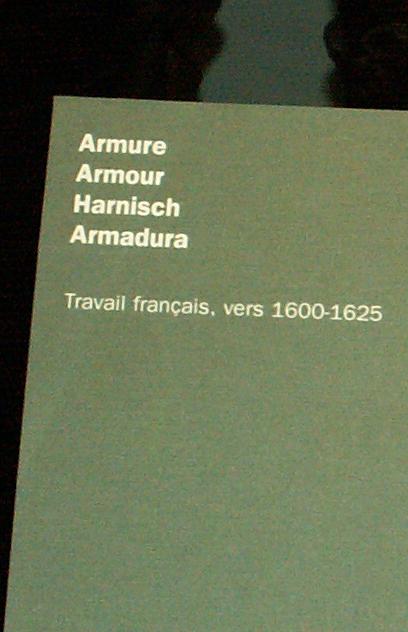
 Attachment: 69.65 KB
Attachment: 69.65 KB
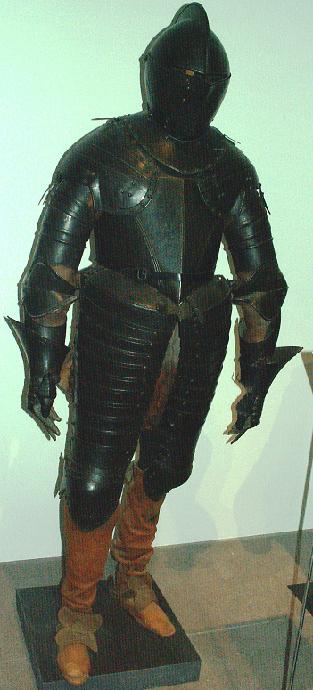
Posts: 601
Sun 01 Apr, 2007 10:11 pm
Cuirassier armour (Holland Type)
Dutch work (ß) around 1630
Could you please explain more about this type? Thanks.
Kind regards
Manouchehr
 Attachment: 35.56 KB
Attachment: 35.56 KB
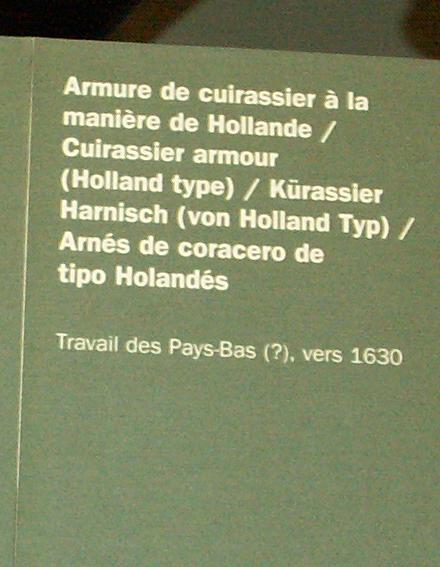
 Attachment: 71.04 KB
Attachment: 71.04 KB
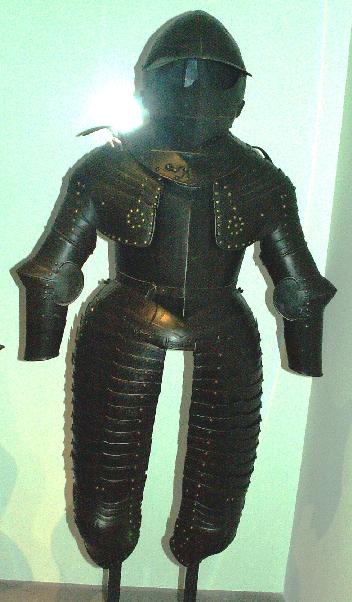
Posts: 1,191 Location: Kingston, Washington
Sun 01 Apr, 2007 10:50 pm
Manouchehr;
The "Dutch Style" armour for Cuirassiers, who were also called "Pistoliers", or earlier "Reiters" (from "Schwarze-reiter" or Black Riders so-called from their blackened armour) is a little more square in form that the French style, or German styles of armour from the early 17th Century. At least they look that way to me. They seem to show somewhat more massive pauldrons (shoulder protection) and a different silhouette for the waist and hips than the French and German style armours. For what reasons other than fashion, I couldn't tell you why, frankly. This particular piece shows what was often called a "Savoyard" helmet, with the large eyes openings, rather than slots such as the close-helmets usually have. Since most of the weapons in use by this time in cavalry fights were pistols and swords rather than lances, there was some sense to this change over.
Thank you again for these continued postings of wonderful armours and weapons. It is appreciated!
Cheers!
Gordon
Posts: 570 Location: Gothenburg/Sweden
Sun 01 Apr, 2007 11:46 pm
Another diffrence in styles is that the Dutch pattern armour was made with permanently attached cuissies while the French and German styles often were delivered with detachable tigh defences. Dutch armour delivered to Sweden were supposed to have the detachable cuisses in order to allwo the Cuirassier to serve of foot or lighten his equipment in the field.
Posts: 601
Mon 02 Apr, 2007 12:51 pm
Posts: 354 Location: Dijon
Mon 02 Apr, 2007 3:10 pm
| Manouchehr M. wrote: |
Burgonet made for Anne de Montmorency
French work around 1550
Who is this person?
|
| Quote: |
| Montgomery then shot the Constable with his pistol for the foolish act, and the old man died several days later. |
Actually, on the other side of this helmet Manoucher posted a picture of, you can see the hole left by the fatal bullet.
Posts: 1,191 Location: Kingston, Washington
Mon 02 Apr, 2007 3:34 pm
| Fabrice Cognot wrote: |
Actually, on the other side of this helmet Manoucher posted a picture of, you can see the hole left by the fatal bullet. |
Thanks Fabrice! I had assumed that the old Constable had been shot in the side, or elsewhere, since the other photo's I've seen of the burgonet are from the same view and show it to be undamaged.. Thanks for the information!
Cheers!
Gordon
Posts: 587 Location: upstate NY
Mon 02 Apr, 2007 5:19 pm
Hello, Manouchehr,
A 'lame' is an individual piece of metal that makes up a part of plate armour. The fauld consists of the lames that protect the abdomen.
Hugo, well might you be drawn to that particular harness. Bayard was one of the mightiest knights of all time!
Posts: 336
Mon 02 Apr, 2007 6:35 pm
Yes, I did some research after Manouchehr posted the photo of the notice accompanying the armor.
It seems that Pierre Terrail of Bayard was quite a character. I wish someone could make a movie about his life. :)
Posts: 1,191 Location: Kingston, Washington
Mon 02 Apr, 2007 7:09 pm
Hugo;
Bayard's life made a great book, so it ought to make a great movie if at all done properly. After all, it IS about "The Great Bayard"! "The Loyal Servitor" is the book's name, and was VERY popular over the centuries.
Cheers!
Gordon
Posts: 8,310 Location: Montreal,Quebec,Canada
Mon 02 Apr, 2007 7:21 pm
| Gordon Frye wrote: |
Hugo;
Bayard's life made a great book, so it ought to make a great movie if at all done properly. After all, it IS about "The Great Bayard"! "The Loyal Servitor" is the book's name, and was VERY popular over the centuries.
Cheers!
Gordon |
I vaguely remember a film about Bayard that I may have seen on local French T.V. a long long time ago.
A film made in France pre-1960 probably and maybe made decades earlier: So there may be a " Classic " French film on Bayard out there but I have no idea if it would be available on VHS or DVD ? One would have to search European DVD sites or film history sites to maybe find it. ( Might not be available in a format playable in a DVD for the North American region even if one exists in Europe ? )
You
cannot post new topics in this forum
You
cannot reply to topics in this forum
You
cannot edit your posts in this forum
You
cannot delete your posts in this forum
You
cannot vote in polls in this forum
You
cannot attach files in this forum
You
can download files in this forum













